Please sign in to access this resource
Not a Florida public school educator?
Access this resourceon CPALMS.com
General Information
Aligned Standards
This vetted resource aligns to concepts or skills in these benchmarks.Related Videos

Let this researcher explain how studying fossils and isotopes can help us understand ancient climate conditions!
Download the CPALMS Perspectives video student note taking guide.

When your classroom is the open ocean, which is the longest period? The one from the tsunami.
Related Resources:
KROS Pacific Ocean Kayak Journey: GPS Data Set[.XLSX]
KROS Pacific Ocean Kayak Journey: Path Visualization for Google Earth[.KML]
Download the CPALMS Perspectives video student note taking guide.

Hear how mathematics helped shape Dr. James O'Brien's groundbreaking research in ocean modeling of El Niño.

COAPS oceanographer Dmitry Dukhovskoy describes the process used to mathematically model eddy shedding in the Gulf of Mexico.

Listen to a discussion about how moist atmospheric rivers are influencing increased monsoonal events.
Download the CPALMS Perspectives video student note taking guide.

This FSU professor discusses the limitations and need for improvement to models used to forecast hurricanes.

In the Earth's systems, everything is connected! This meteorologist explains the relationship between monsoonal heat columns and polar ice-melt.
Download the CPALMS Perspectives video student note taking guide.

A discussion focusing on the predictions that underestimated the storm surge from Hurricane Dennis on the Florida panhandle.
Download the CPALMS Perspectives video student note taking guide.

To understand atmospheric and oceanic currents, one needs a well-rounded understanding of geometry and the shape of the Earth.

Dissolved oxygen is important to all life in and out of the water! Learn more in this video!
Download the CPALMS Perspectives video student note taking guide.

A climatologist rains down information about how physical factors form regional climates.
Download the CPALMS Perspectives video student note taking guide.

Listen up as a meteorologist explains how weather balloons work and how they collect data for models they can use to make forecasts.
Download the CPALMS Perspectives video student note taking guide.

What happens when math models go wrong in forecasting hurricanes?
Download the CPALMS Perspectives video student note taking guide.

COAPS oceanographer Steve Morey describes how math is used to help research hurricanes and strong deep ocean currents that could effect deep water oil rigs.
Download the CPALMS Perspectives video student note taking guide.

Description needed. Light Reflection, Refraction, & Absorption
Download the CPALMS Perspectives video student note taking guide.

A climatologist raises the bar with this classroom-ready 3D fluid dynamics weather demonstration.
Download the CPALMS Perspectives video student note taking guide.

Learn how the ocean pressures the climate into changing.
Download the CPALMS Perspectives video student note taking guide.

In a fog about weather patterns? This climatologist will demystify the topic for you.

Major Paul Homan describes the needs and capabilities of the United States Air Force with regard to global weather prediction and modeling.
Download the CPALMS Perspectives video student note taking guide.

Glass artist Russel Scaturro explains how fine control of gas flow aids efforts to minimize his carbon footprint toward a larger goal of environmentally-conscious fabrication methodology.
Download the CPALMS Perspectives video student note taking guide.
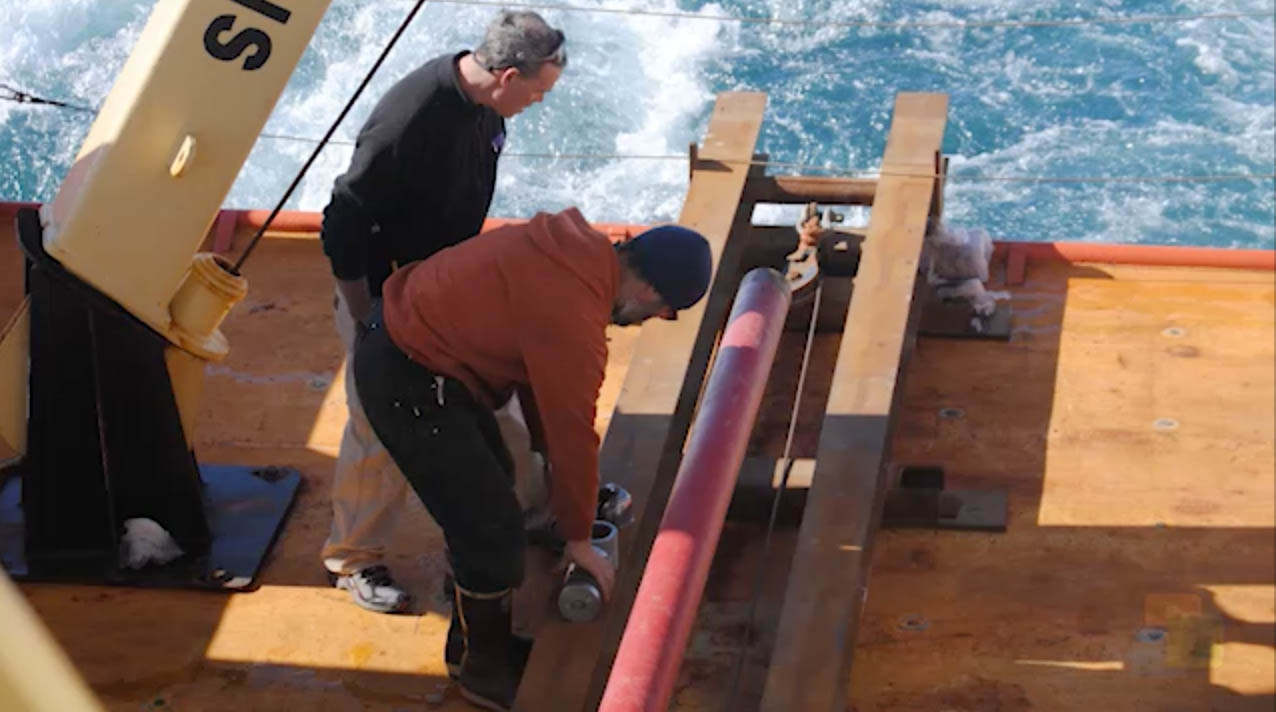
In this video, Eugene Domack explains how past Antarctic ice sheet movement rates allow us to understand sea level changes. Video funded by NSF grant #: OCE-1502753.
Download the CPALMS Perspectives video student note taking guide.
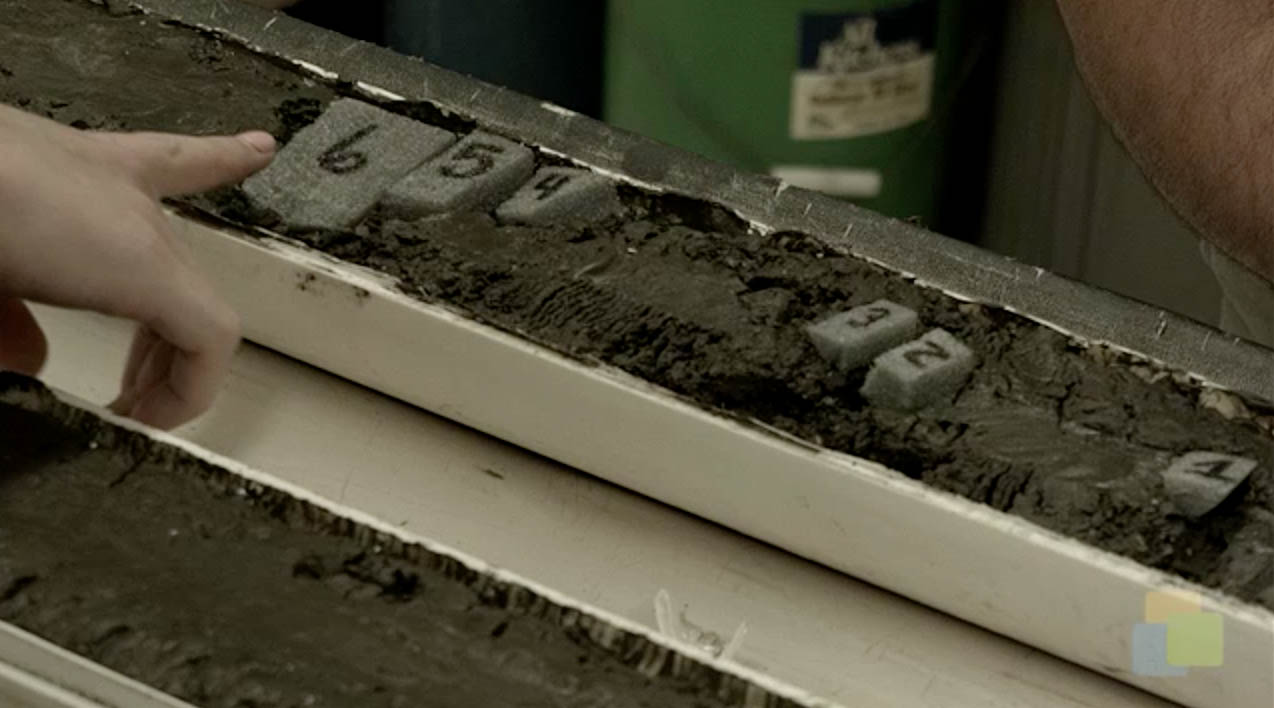
Eugene Domack, a geological oceanographer, describes how sediment cores are collected and used to estimate rates of ice sheet movement in Antarctica. Video funded by NSF grant #: OCE-1502753.
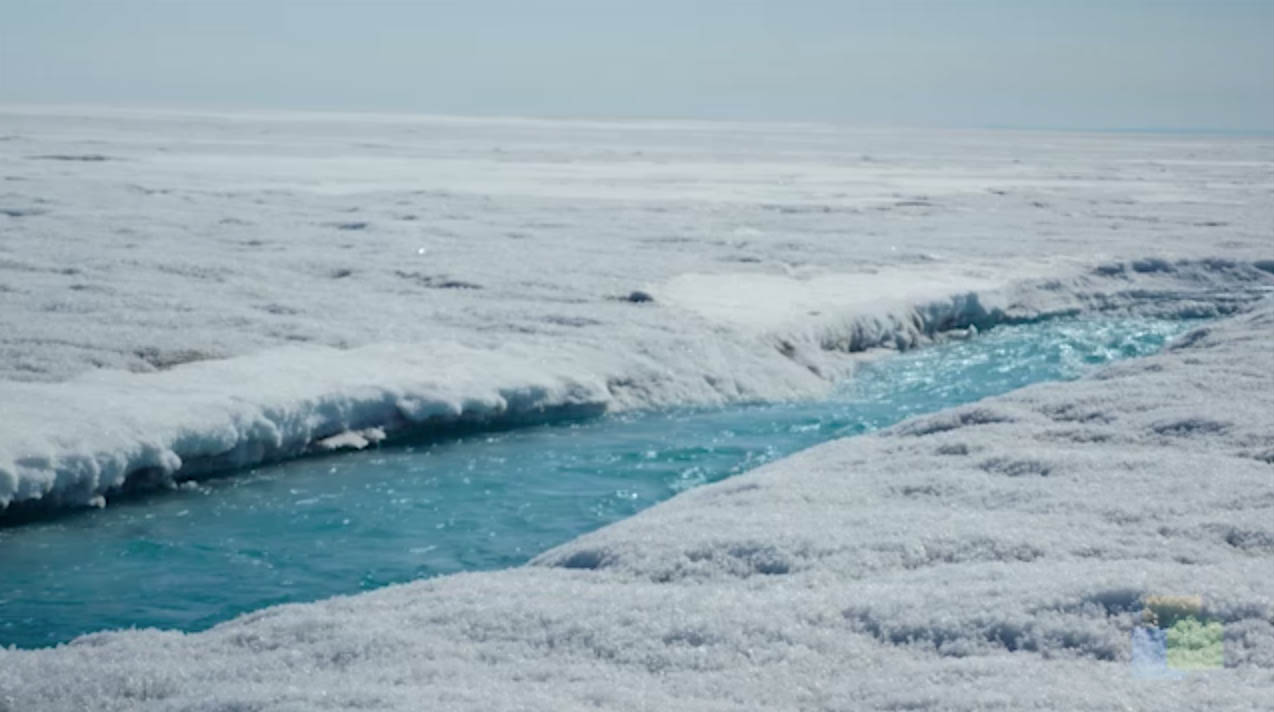
In this video, Brad Rosenheim describes how Louisiana sediment cores are used to estimate sea level changes over the last 10,000 years. Video funded by NSF grant #: OCE-1502753.
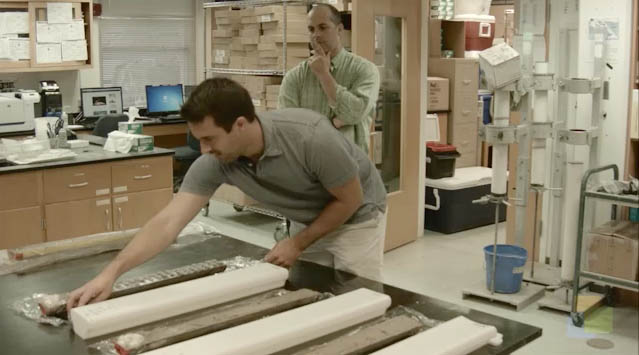
Watch as Brad Rosenheim, a geological oceanographer, explains how modern technology and sampling methods are used for sea level research. Video funded by NSF grant #: OCE-1502753.
Download the CPALMS Perspectives video student note taking guide.
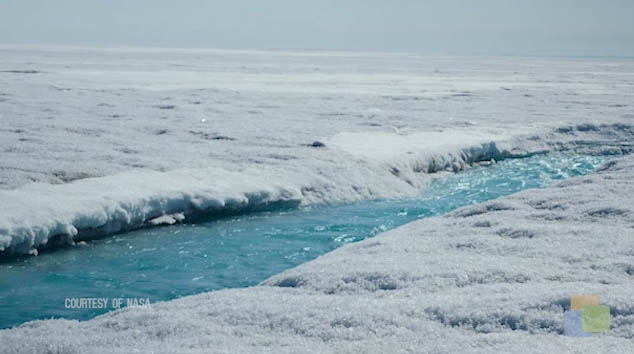
Watch as Don Chambers explains the role of satellites in measuring the mass of ice sheets and the connections between ice sheet mass changes and sea level. Video funded by NSF grant #: OCE-1502753.
Download the CPALMS Perspectives video student note taking guide.

In this video, Don Chambers explains how satellite technology is essential for assessment of sea level changes. Video funded by NSF grant #: OCE-1502753.
Download the CPALMS Perspectives video student note taking guide.
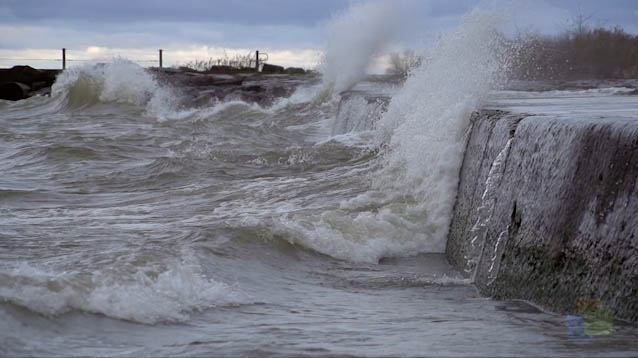
Entrepreneur and meteorologist Mark Powell discusses the need for statistics in his mathematical modeling program to help better understand hurricanes.
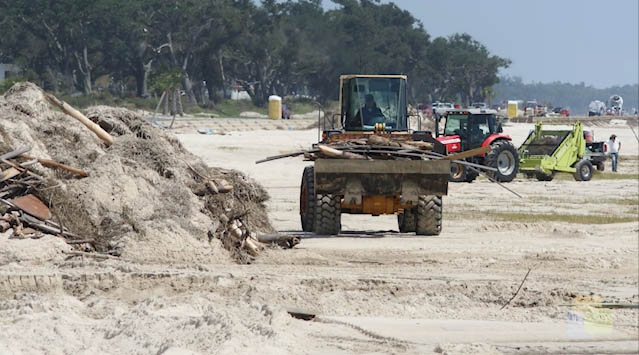
Hurricanes can hit at any time! How do insurance companies use math and weather data to help to restore the community?
Download the CPALMS Perspectives video student note taking guide.
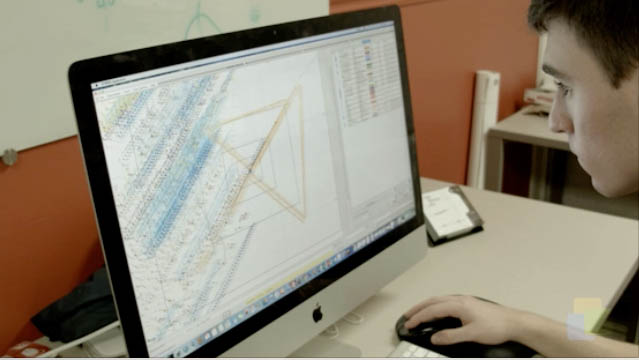
Meteorologist, Michael Kozar, discusses the limitations to existing hurricane scales and how he is helping to develop an improved scale.
Download the CPALMS Perspectives video student note taking guide.
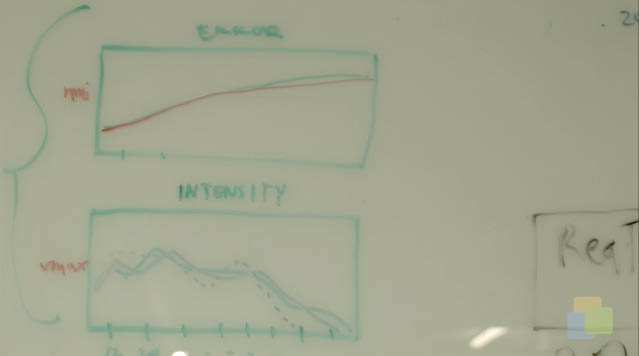
Meteorologist from Risk Management discusses the use of probability in predicting hurricane tracks.
Download the CPALMS Perspectives video student note taking guide.

Dean Grubbs discusses biogeochemical cycles in the oceans and their impact.
Download the CPALMS Perspectives video student note taking guide.
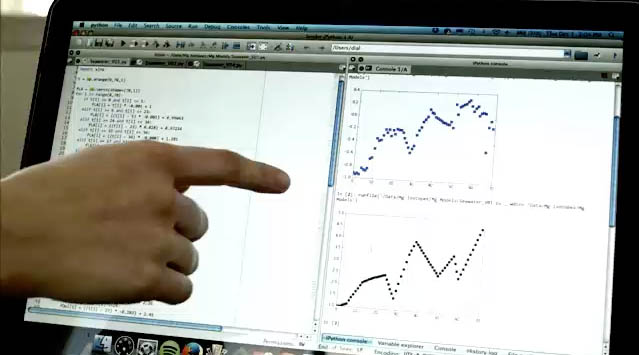
Angela Dial discusses how she solves systems of equations to determine how the composition of ocean floor sediment has changed over 65 million years to help reveal more information regarding climate change.
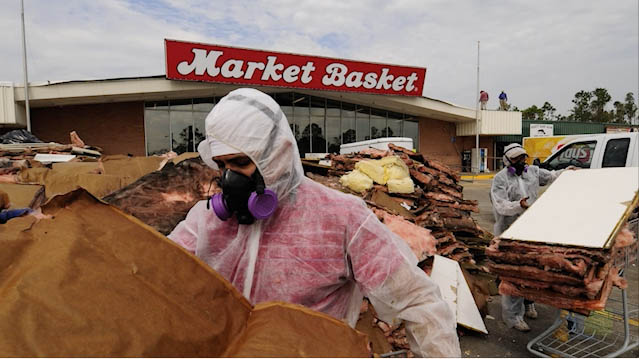
Michael Kozar speaks about severe weather and hurricane impacts.
Download the CPALMS Perspectives video student note taking guide.
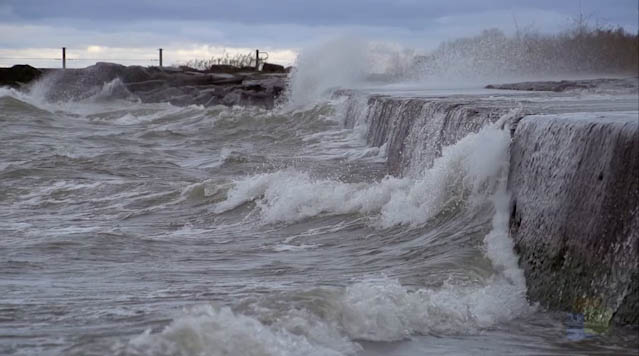
Michael Kozar talks about the influence land and water have on severe weather.
Download the CPALMS Perspectives video student note taking guide.
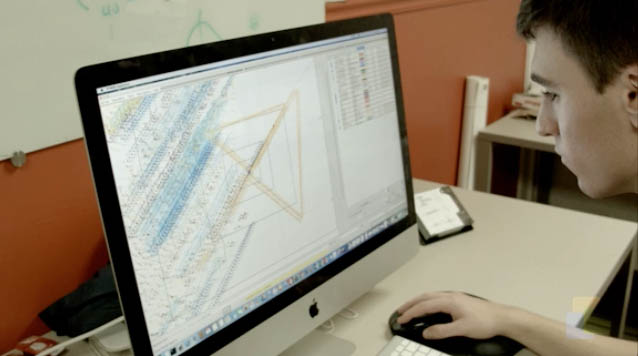
Mark Powell discusses the models used for hurricane predictions and the limitations that exist.
Download the CPALMS Perspectives video student note taking guide.
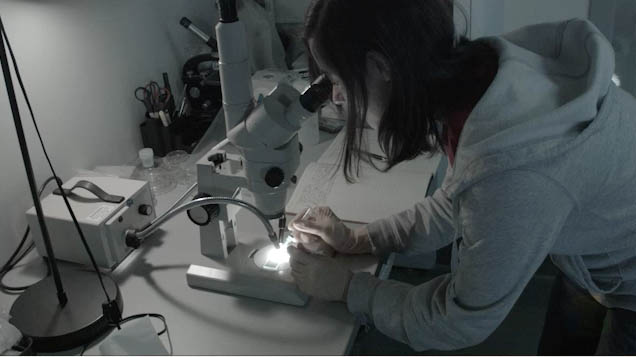
Angela Dial talks about using ocean core proxy data to investigate Earth's climate from the past.
Download the CPALMS Perspectives video student note taking guide.
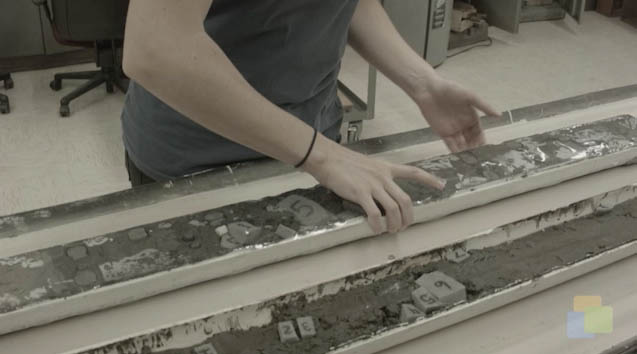
Angela Dial discusses the geologic and scientific evidence related to climate change in the past.
Download the CPALMS Perspectives video student note taking guide.
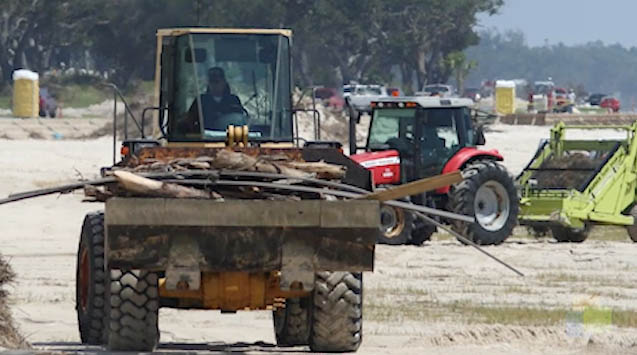
Mark Powell discusses the impacts that a hurricane can have.
Download the CPALMS Perspectives video student note taking guide.
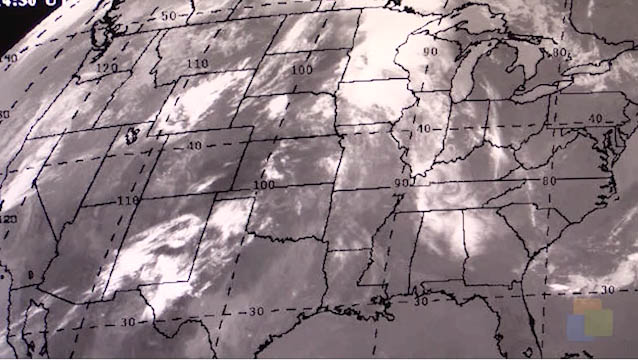
Jon Ahlquist discusses the various factors in weather predictions and why they are so important to our lives.
Download the CPALMS Perspectives video student note taking guide.

Jon Ahlquist discusses ensemble forecasting and how technology has allowed us to collect important data for the understanding of weather.
Download the CPALMS Perspectives video student note taking guide.
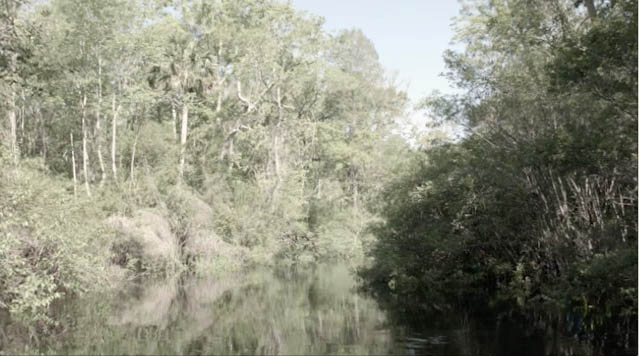
Kent Koptiuch talks about aquifers and the importance of water quality.
Download the CPALMS Perspectives video student note taking guide.
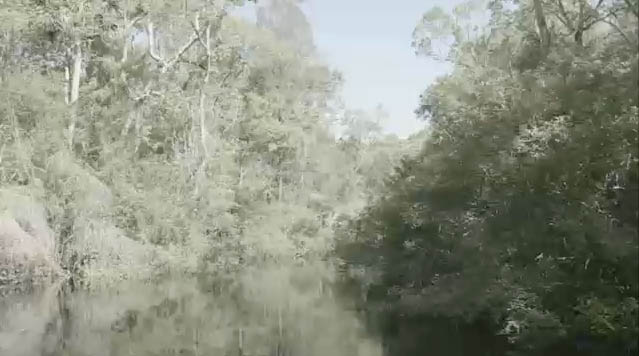
Kent Koptiuch talks about watersheds and water quality.
Download the CPALMS Perspectives video student note taking guide.
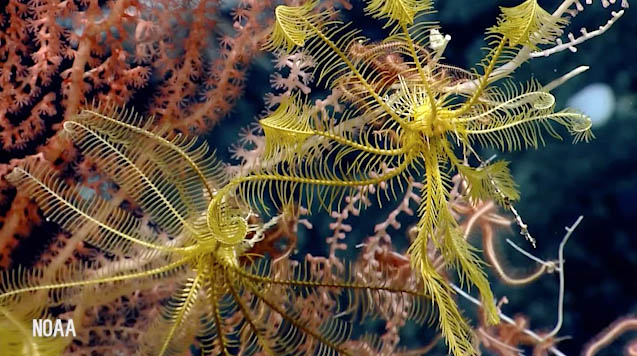
Sandra Brooke, from FSU Marine Lab, talks about undersea canyon ecosystems.
Download the CPALMS Perspectives video student note taking guide.

Watching this video will cause your critical thinking skills to improve. You might also have a great day, but that's just correlation.
Download the CPALMS Perspectives video student note taking guide.
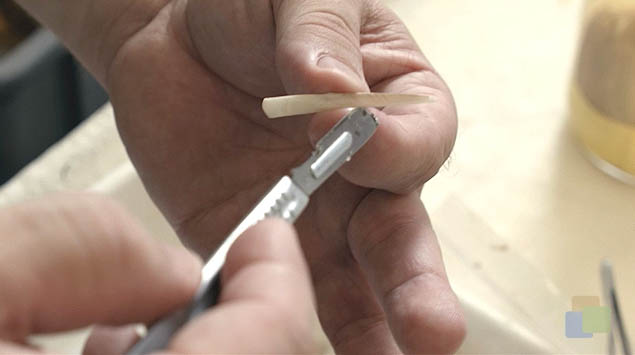
Chip Cotton, fishery biologist, discusses his use of mathematical regression modeling and how well the data fits his models based on his deep sea shark research.
Download the CPALMS Perspectives video student note taking guide.
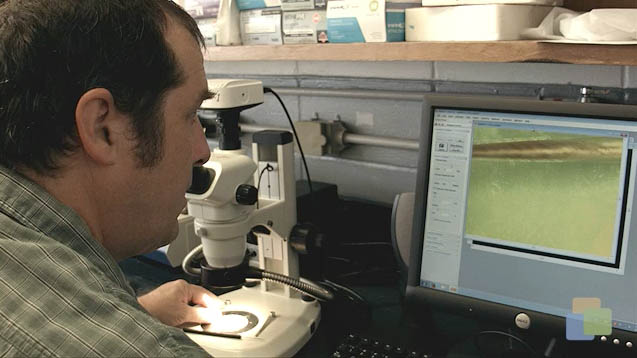
Shark researcher, Chip Cotton, discusses the use of regression lines, slope, and determining the strength of the models he uses in his research.
Download the CPALMS Perspectives video student note taking guide.
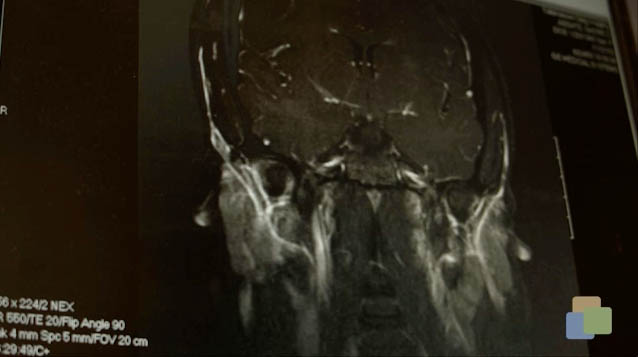
Jens Foell discusses the link between correlation and causation in PTSD patients.
Download the CPALMS Perspectives video student note taking guide.
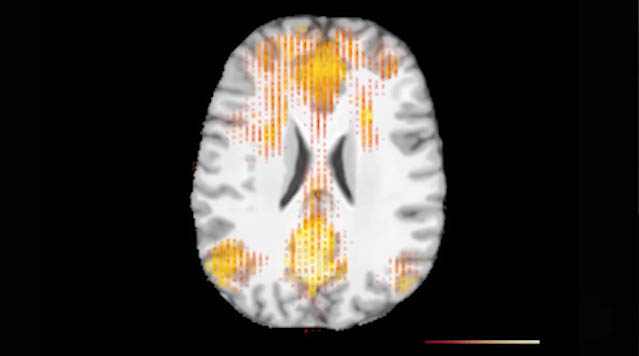
Florida State Researcher, Jens Foell, discusses the importance of understanding correlation versus causation when researching personality traits and criminal behavior.
Download the CPALMS Perspectives video student note taking guide.

Lost at sea? We can use a sextant, the stars, and trigonometry to find our location!

What is fluency? What are the ingredients required to become procedurally fluent in mathematics? Dr. Lawrence Gray explores what it means for students to be fluent in mathematics in this Expert Perspectives video.

Brandon Reese, a PhD candidate in the FAMU-FSU College of Engineering, discusses the significance of both Bernoulli's equation and statistical analysis for the design of a "smart wing."

Hear this oceanography student float some ideas about how statistics are used in research.

What does it mean to be normally distributed? What do oceanographers do when the collected data is not normally distributed?

Laws and regulations that affect the public are being formed based on data from a variety of laboratories. How can we be sure that the laboratories are all standardized?
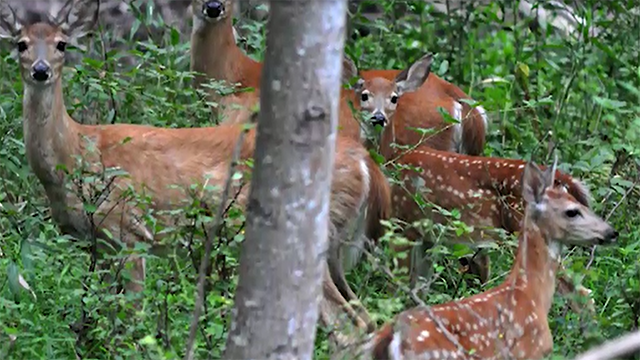
Dr. Bill McShea from the Smithsonian Institution discusses how regression analysis helps in his research.
This video was created in collaboration with the Okaloosa County SCIENCE Partnership, including the Smithsonian Institution and Harvard University.

Data logging has transformed competitive racing! These SCCA drivers discuss how they use computers to compare multiple sets of data after test runs.

The tide is high! How can we statistically prove there is a relationship between the tides on the Gulf Coast and in a fresh water spring 20 miles from each other?
Download the CPALMS Perspectives video student note taking guide.

Ecologist Rebecca Means discusses the use of statistical sampling and comparative studies in field biology.

This quantitative measurement and statistics activity will allow you to save face.

Florida State University Counseling Psychologist discusses how he uses confidence intervals to make inferences on college students' experiences on campus based on a sample of students.
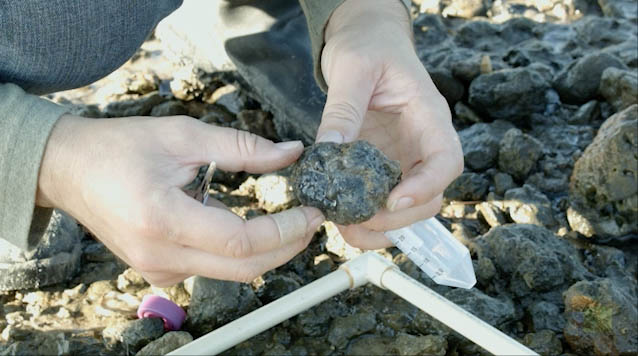
Will Ryan describes methods for collecting multiple random samples of anemones in coastal marine environments.
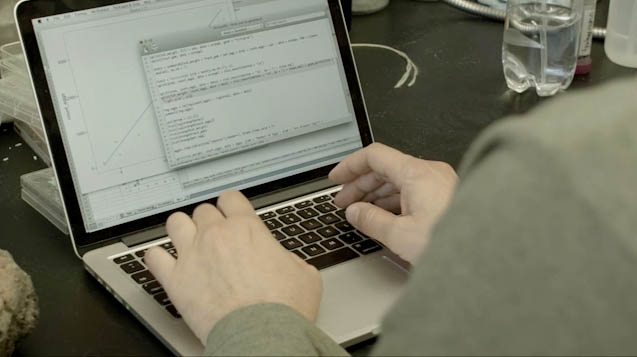
Will Ryan describes how linear regression models contribute towards his research on sea anemones.

Graphic designer and artist, Drexston Redway infuses statistics into his artwork to show population distribution and overlap of poverty and ethnicity in Tallahassee, FL.
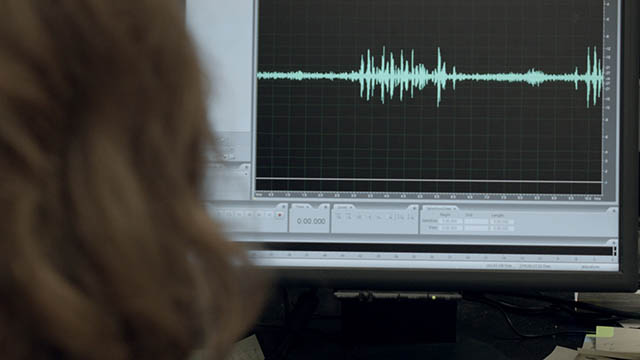
Researchers Frank Johnson, Richard Bertram, Wei Wu, and Rick Hyson explore the necessity of scientific and mathematical collaboration in modern neuroscience, as it relates to their NSF research on birdsong.

Hydrogeologist from Nestle Waters discusses the importance of statistical tests in monitoring sustainability and in maintaining consistent water quality in bottled water.
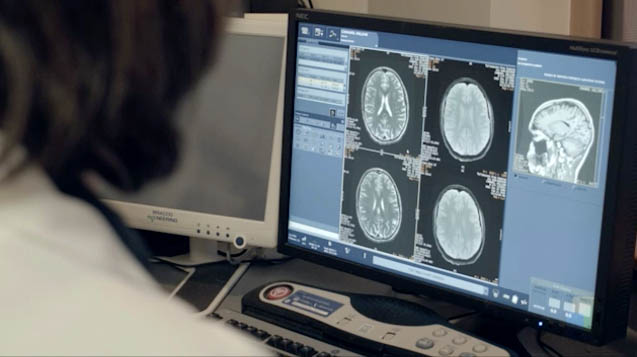
Wei Wu discusses his statistical contributions to the Birdsong project which help to quantify the differences in the changes of the zebra finch's song.
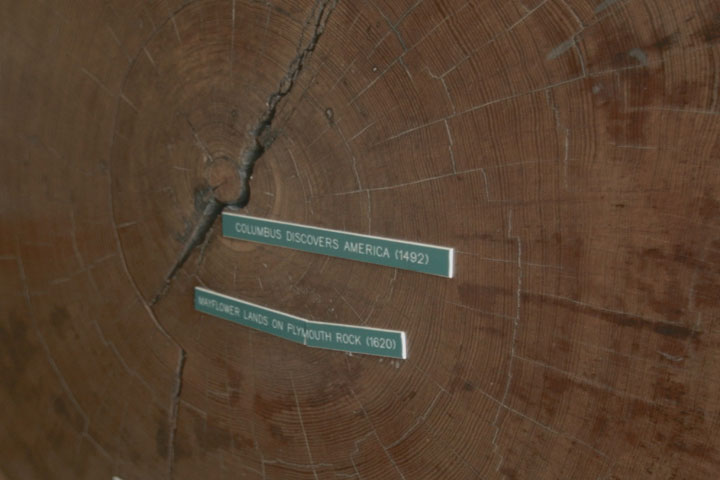
In this video, fire ecologist Monica Rother describes tree ring research and applications for land management.
![Cpalms [Logo]](/images/cpalms_color.png)







